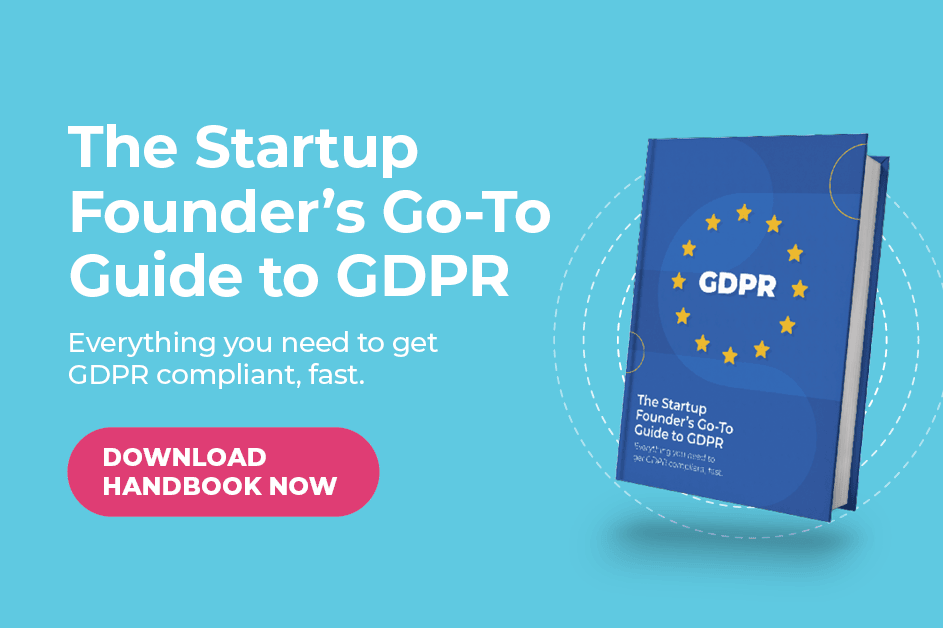Imagine a scenario where your prospective client has expressed a strong desire for your organization to become SOC 2 compliant. Alternatively, you may be driven by a desire to gain a significant competitive advantage in your industry. Another compelling situation could be your commitment to ethical business practices and the safeguarding of your future clients’ sensitive information. In light of these motivations, you make the strategic choice to become SOC 2 compliant. You want to do this quickly, time is precious. How long does the process take? And, how long does a SOC 2 audit take? Let’s discuss.
Becoming SOC 2 compliant isn’t an overnight process, and that’s a good thing because SOC 2 compliance involves making detailed, lasting enhancements to your security processes, which ultimately leads to a better InfoSec program and more reliable security systems.

The SOC 2 timeline (this includes the preparation process and the auditing) can vary depending on a few factors. When considering how long SOC 2 takes to achieve, you need to consider the entire SOC 2 journey. Preparing for your SOC 2 audit is a vital phase of the process and takes up the majority of the time. To appreciate what’s involved in getting fully compliant, we need to consider the whole process, from planning to audit. In addition, it is important to keep in mind that SOC 2 is no one-time event, but rather an ongoing process that involves annual renewal.
The SOC 2 audit itself is a meticulous process conducted by a licensed CPA firm or an agency accredited by the American Institute of Certified Public Accountants (AICPA), who assesses your controls and practices to ensure they meet the five Trust Services Criteria (Security, Availability, Confidentiality, Privacy and Processing Integrity). Generally, the preparation for the SOC 2 audit can take anywhere from three months to several months, and then there is the audit.
For startups, assessing the whole process can be especially valuable. Firstly, because it helps you plan more effectively and understand how SOC 2 workflows work going forward. But also, more importantly, because carefully laying out your SOC 2 roadmap will help you to develop systems and processes that ultimately meet your business goals.
So what does the SOC 2 audit timeline look like?
Well, when looking at the length of time it takes from start to finish to officially get SOC 2 compliant, it is not as simple as saying four months, six months, one year, or so on. There are a lot of factors that are taken into account that affect how long your organization’s particular SOC 2 compliance process and audit will take.
So with that being said, what exactly affects your SOC 2 timeline you may ask? Let’s dive in to a few factors!
To start off, a Type I SOC 2 report versus a Type II SOC 2 report affect the length of time to achieve SOC 2 compliance. If undergoing a Type I report, you should achieve SOC 2 compliance quicker. This is because a Type I reports on the design of an organization’s internal controls at a specific point in time, while a Type II reports on the design and operating effectiveness of an organization’s internal controls over a period of time, which means there is an observation period.
Secondly, the scope of your audit will affect the amount of tasks and evidence collection involved in your compliance process. For example, if you are just including the Security principle in your audit, the SOC 2 process will most likely be shorter than if you had to include Security, Availability and Confidentiality principles in your scope.
Thirdly, the SOC 2 readiness, gap analysis, remediation, policy implementation and evidence collection phases usually require more time if your organization is undergoing SOC 2 compliance for the first time.
Let’s take a look at what is involved in the SOC 2 compliance process.
Haste makes (very costly) waste
Companies that don’t try to rush the process and cut corners, and carefully map out their SOC 2 compliance, tend to have more successful outcomes.
Of course, in the competitive SaaS space, time is money. But that’s the point. Businesses that rush in without an effective ‘SOC 2 plan’ invariably encounter delays and difficulties down the road. These cost time and money.
By contrast, businesses that develop a carefully thought-through plan build an excellent foundation that ensures they meet the highest standards of compliance for the long term.
Readiness assessment
The readiness assessment is one of the first steps in the SOC 2 compliance process. The readiness assessment enables you to identify security gaps in your compliance and take the appropriate action to address them.
The process consists of two main stages.
Gap analysis
As the name implies, a gap analysis assesses where your organization is and whether there are any identified gaps in your systems and controls that are keeping you from achieving SOC 2 compliance.
Once these gaps have been identified, guided by the detailed AICPA framework of relevant criteria, work can begin on remediating those gaps, assigning ownership, and deadlines.
Remediation period
The Remediation Period consists of implementing measures and fixing gaps identified in the Gap Analysis. The timeline of the Remediation Period depends on the scale of interventions required, starting from around 10 days up to 3 months.
Observation period and the official audit
If you are undergoing Type II, you need to demonstrate that your SOC 2 controls in place are not only designed properly, but are operating effectively.
In terms of SOC 2 Type II, there is a chosen period of 3 to12 months in which controls need to be assessed on whether they operate effectively. This is not an official rule, but it is advised for an observation period to be at least 6 months. During the audit, controls and policies are assessed only relating to this specified period.
After the observation period, it is time for the official audit. At this stage, your chosen auditor will conduct the testing and reporting of these controls.
Once you successfully pass the audit and receive your report, it is crucial to be aware of the SOC 2 validity period. SOC 2 reports typically have a validity period of 12 months.
So, the SOC 2 compliance journey can vary in duration, with the SOC 2 audit itself taking some more time after that. Understanding the SOC 2 timeline and the validity period of your report is essential for ongoing compliance and ensuring that your organization continues to meet the highest standards of security, availability, processing integrity, confidentiality, and privacy.
GET COMPLIANT 90% FASTER WITH AUTOMATION
Leveraging SOC 2 automation
SOC 2 compliance is an exhaustive, often complex, process that provides serious, enduring benefits to an organization if implemented correctly, but at the same time, can be a time-sucking and admin-heavy project for teams. This is why so many SaaS companies are turning to compliance automation tools to streamline the SOC 2 compliance process, save their team tremendous amounts of time, boost customer trust and gain a real competitive edge.











